Technics SL-1000R vs SL-1200G turntable shoot out
We have a handful of SL-1000R owners now, all of whom are delighted with their turntable. We’ve been using our demonstrator for about a year now, and contrary to what some people might believe, we’ve come to know this is an extremely fine music-making machine, to which we recently fitted an extremely fine cartridge: the Xpression from Ortofon.
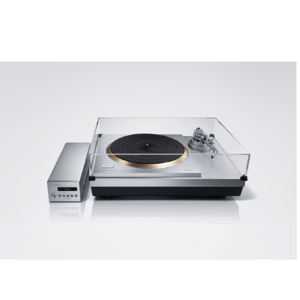
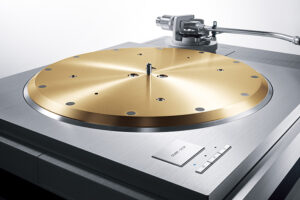
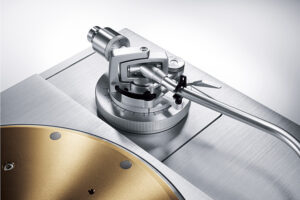
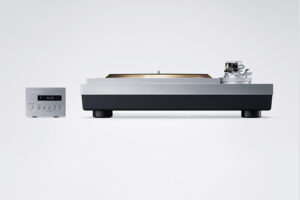
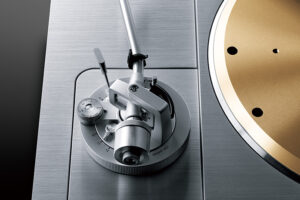
This state-of-the-art moving-coil design bridges the gap between the legendary SPU cartridges from the 1950s and more modern high-end cartridges like the MC A95 and the MC Windfeld, and features a modified version of their generator system.
It has a very solid, high-mass body manufactured using Selective Laser Melting (SLM) of stainless steel powder (as pioneered in the MC A90 and SPU 90th Anniversary), which is ideal for providing a stable and solid reference point for the internal generator coils.
It also includes an integrated four-pin bayonet-type connector which locks securely onto the Technics tonearm, and the cartridge’s dimensions ensure perfect lateral and height alignment with any SPU-compatible arm, without further adjustment. Although some might look aghast at the extra mechanical joint created by the bayonet fitting, (compared to the trend for super-rigid one-piece castings), this method is mechanically superior to fitting a conventional body into a less rigid head-shell using screws, and offers the benefit of easy cartridge swapping.


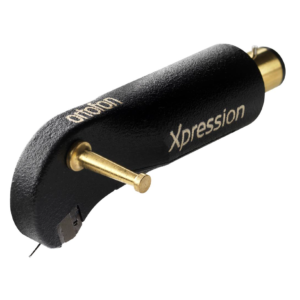
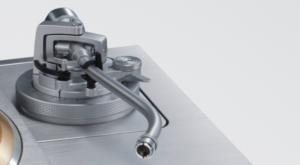
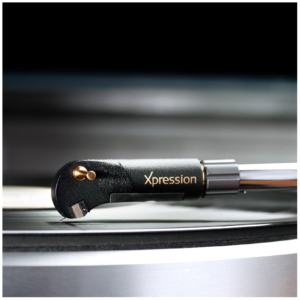
So, this gave us a light-bulb moment. Why not set up our Technics SL-1200G next to the SL- 1000R and compare the two with the same cartridge? We would be able to set up for identical vertical and horizontal alignment, tracking weight, etc. and make as many swaps as we liked, quickly and easily.
We wouldn’t normally suggest fitting a £4,000 cartridge into a £3,000 turntable, but it seemed entirely logical – at least for comparisons, as the only difference between the two set ups would be the tonearm and turntable (despite the tonearms looking the same, the arm tube of the SL-1200G is made from an aluminium alloy, whereas the SL-1000R’s longer arm tube is made from a magnesium alloy, which has lower density and therefore makes for a lighter and more rigid construction, which should provide superior sound quality).
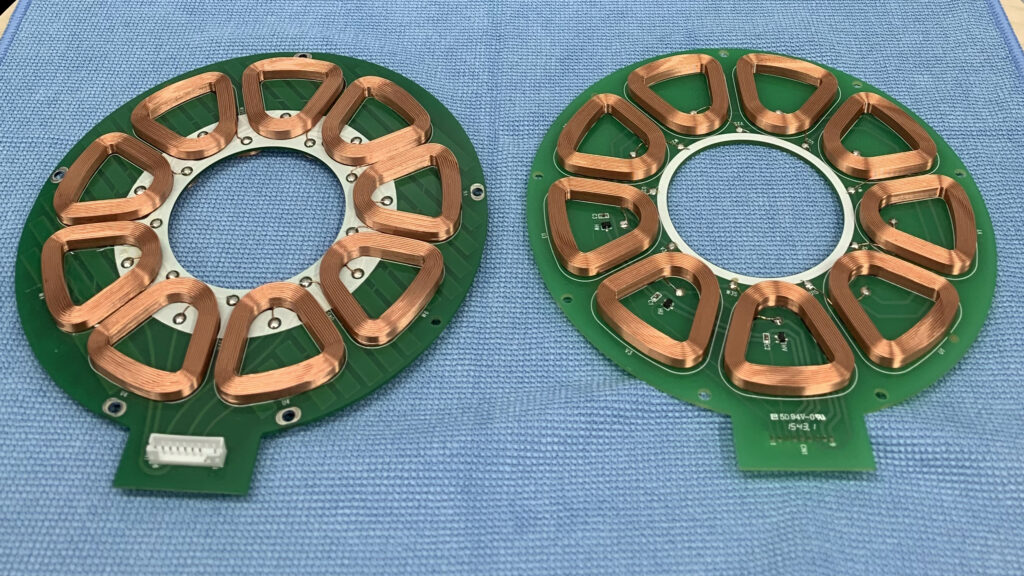
In the case of mechanical differences, the image above shows the motor windings for the SL1200G on the left and the SL1000R on the right. Not much to choose between them on first glance, however, the image shows the rear of the SL1000R’s windings with another set which is duplicated the front, where the SL1200G is single-sided only. This is due to the platter of the SL1000R weighing-in at almost 8kg against less than 3kg on the SL1200.
For the comparisons, we used a pair of PMC’s amazing Fact 12 loudspeakers, Burmester’s supremely capable 088 pre-amp (which includes one of the finest (optional) built-in phono stages we’ve ever encountered) and a Burmester 911 MKIII stereo power amplifier, all chosen for their ability to faithfully draw out everything from before them, which is essential for hearing what these two decks could do.
Regardless of the music we played, the SL-1000R exhibited very little ‘sound’ of its own. Backgrounds sounded inky black, rhythms were timed perfectly and surface noise subdued, so that the music simply flowed from the loudspeakers in an infectious, pitch-perfect manner. The phrase ‘Master tape sound quality’ sprang to mind, so smooth, stable, fluid and micro-detailed was the presentation. It’s not just about precise timing, but equally the clarity of presentation.
Playing Miles Davis’ Kind of Blue, the tonality and sense of space around Miles’ horn was palpable, timing perfect, cymbals clear and harmonically rich, and the upright bass notes well placed and distinct. Stereo image was simply amazing.
The SL-1200 sounded excellent, sharing many qualities with its pricier sibling such as superb stereo imagery, timing and bass, but with a less substantial, thinner tonality evident with cymbals, and with an overall less dramatic, less organic sound.
The same went for Led Zeppelin’s Dazed and Confused: although the SL-1200 gave a sterling performance, its lighter, wispier tonality contrasted with the clearer, richer and more ‘alive’ sound of the SL-1000R. Both decks have very precise bass which is not at all over-prominent, or over-powerful. Piano was brilliantly conveyed by both decks which is very telling, as this instrument requires precise pitch, power and a lack of colouration to sound convincing.
Simon and Garfunkel’s Bridge Over Troubled Water title track can be tricky. Avoiding a thin or harsh sound, especially towards the end is not an easy task for many turntable/arm/cartridge combos, but the SL-1000R and Xpression did a truly awesome job of it, delivering Art’s vocals with a lovely rich and clear ‘floating’ quality. By contrast the 1200-G seemed thinner and dynamically subdued, with Art’s vocals slightly recessed and murky by comparison.
The differences were repeated with classical music and other tracks played (Michael Jackson’s Beat it from Thriller, Miles Davis’ Birth of the Cool, Caesar Frank’s Symphony in D (Czech Philharmonic/Barbirolli) etc.).
We wondered if the SL-1200G’s standard phono lead might be having an influence. We just love Siltech interconnects and loudspeaker cables, so we substituted the very ordinary-looking standard Technics offering with a £420 Siltech Explorer 90i stereo cable.
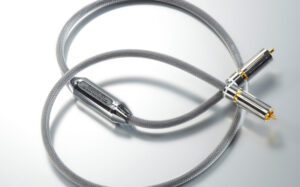

 Quite honestly, we were gob-smacked by the dramatic lift in performance after the swap. It seems that the standard cable not only imparts a thin tonality, it also saps the life and clarity out of the sound. Now the deck was transformed!
Quite honestly, we were gob-smacked by the dramatic lift in performance after the swap. It seems that the standard cable not only imparts a thin tonality, it also saps the life and clarity out of the sound. Now the deck was transformed!
Art Garfunkel’s voice via the SL-1200G now soared in a manner more like the SL-1000R and the music was conveyed far more organically, with greater liquidity and substance.
Art’s intakes of breath were easier to hear and his diction was seemingly improved. Cymbals took on a richer inner harmonic structure, rounder and more fully formed, and so on. Even the bass seemed firmer! It also drew us into the music more. Regardless of which records we played, the improvements were obvious and consistent.
This was not at all subtle, and speaks volumes for the turntable and Siltech cable. The more expensive deck still had the quietest backgrounds, with a bolder and more dynamic delivery and smoother cleaner treble, which drew us into the music more completely – and so it should at the price. However, both shared the same outstandingly uncoloured clarity, stability and solidity, which drags a wealth of detail from the grooves – not a rose-tinted presentation, but a very truthful one.
The real surprise was just how much better the SL-1200G can be, given a better interconnect. The standard lead and a good moving magnet, (such as Ortofon 2M standard fitting, or plug in and play) would get someone started, however, we would wholeheartedly recommend any buyer wanting the best sound possible to dump the uninspiring standard lead as soon as possible (and fit a more robust head shell). This applies especially if moving up to a moving-coil cartridge, with its lower output and higher energy delivery to the tone arm (compared to a moving magnet). At least there is a clear upgrade path after buying the deck.
 This is probably why Technics do not supply an arm lead or head shell with the SL-1000R leaving the choice to the customer, and it it’s obvious that skimping here is not a good idea! We used an SME tone-arm cable who’s right-angle connector forced the cable into a tight bend under the plinth, so a straight connector would be ideal. There is clearly room for experimentation – as with record mats, (depending on personal taste). For instance, we find adding an LP12 mat, on either deck, warms the tonal balance ever so slightly, without robbing music of its essential life and definition.
This is probably why Technics do not supply an arm lead or head shell with the SL-1000R leaving the choice to the customer, and it it’s obvious that skimping here is not a good idea! We used an SME tone-arm cable who’s right-angle connector forced the cable into a tight bend under the plinth, so a straight connector would be ideal. There is clearly room for experimentation – as with record mats, (depending on personal taste). For instance, we find adding an LP12 mat, on either deck, warms the tonal balance ever so slightly, without robbing music of its essential life and definition.
Back to the SL-1200G: let’s be clear, even with the standard arm lead, this deck delivers a very fine performance at its price point, but fitting a superior cable lifted it to outstanding.
O.K. – even with a better tonearm cable it’s not as good as the stunning SL-1000R as one would expect, but with the Siltech Explorer 90i cable it is not so very far away. We assumed that the superbly detailed yet tonally neutral Xpression cartridge would be way too good for the turntable, particularly in the standard tone arm.
Surprisingly, we proved that they are both quite capable of making it ‘sing’, without embarrassment. Price-wise it might be a bit over the top and, more realistically, we have fitted Ortofon Cadenzas to the SL-1200G with excellent results.
Concluding, while we strongly believe the SL-1000R is one of the best turntable and arm combinations available at any price, the S-1200G is clearly an amazingly capable turntable at its price, especially when treated to the cabling and cartridge it deserves.
Technics – a very welcome return to the audio industry!
https://www.criterionaudio.com/product/technics-sl-1000r-direct-drive-turntable/
https://www.criterionaudio.com/brands/ortofon/
https://www.criterionaudio.com/brands/siltech/
